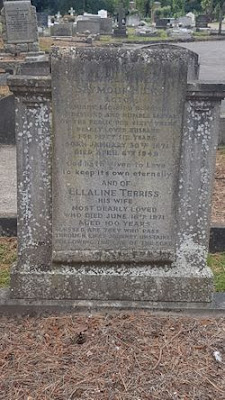Feb. 1 7:45AM [Year: 1939, stars Merle Oberon] Trailer
Feb. 2 6:30AM [Year: 1939] Trailer
Feb. 2 12PM [Year: 1941, stars Mary Astor] Trailer
Feb. 9 5:45PM [Year: 1944, features Norma Varden] Trailer
Feb. 11 4:15AM [Year: 1946, stars Barbara Stanwyck ] Trailer
23 Feb. 5AM [Year: 1951, stars Ethel Barrymore] Trailer
23 Feb. 8:30PM [Year: 1947] Trailer
23 Feb. 5AM [Year: 1951, stars Ethel Barrymore] Trailer
23 Feb. 8:30PM [Year: 1947] Trailer































